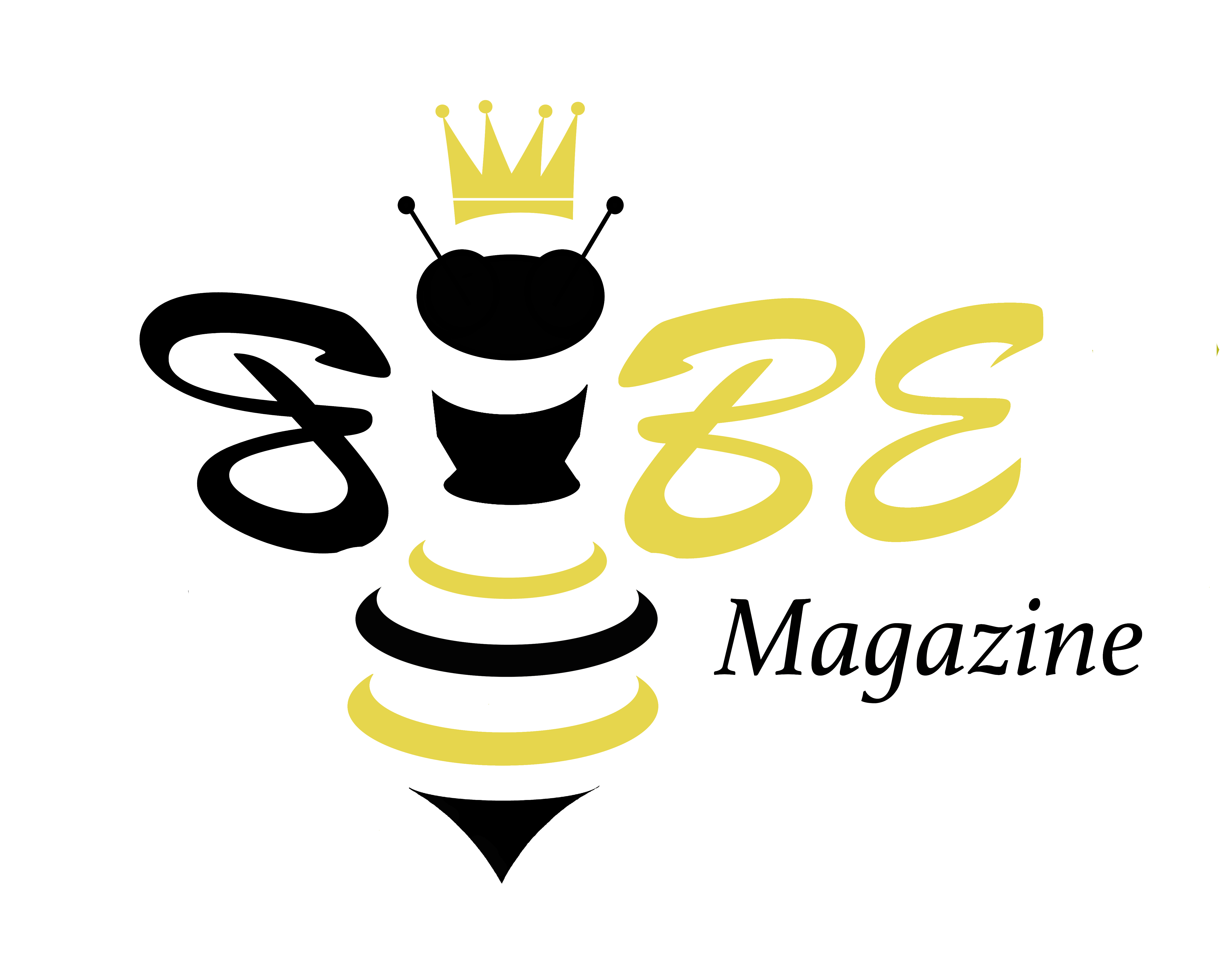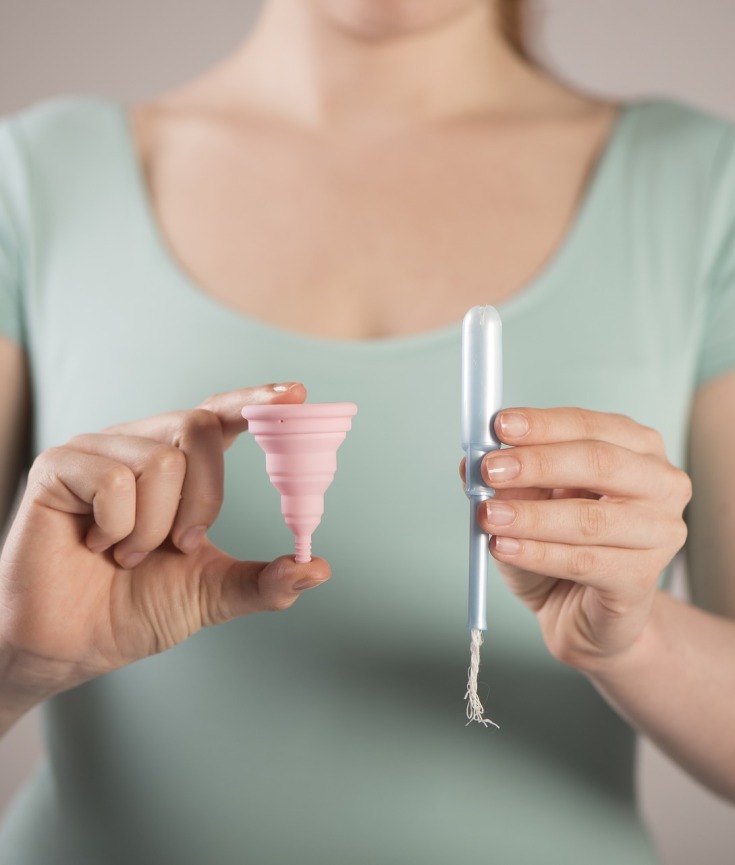Welp, it’s that time of the month again. You’ve stockpiled pads; placed tampons in every bag, purse, and coat pocket just in case; and put your designated “ugly” panties on top. The total at the bottom of the receipt from the store glares at you. “How can something I use for only a few hours at a time be so expensive?” you think to yourself.
Lately, you’ve decided to practice some self-care by being mindful of what you put into and on your body – only fresh organic foods and soaps made from natural ingredients. Yet, you can’t seem to recall what exactly your tampons are made out of. Well they have to be cotton, right? Maybe it’s organic or pesticide free. You go into the bathroom and grab the box with its pretty pink packaged tampons, lined up like soldiers, and start to scan for an ingredient list but come up empty-handed. Google directs you to the FDA website where you discover that, while there are recommendations for feminine hygiene companies to disclose ingredient information, there is no regulated law that enforces them to do so. As you keep reading, it strikes you that there are usually chemicals used for absorbency in pads and there are no regulations to disclose that information either. How can this be? How have I been putting unknown materials, and sometimes chemicals, near the most sensitive and important parts of my body?
You go about your week as usual, (cramp, heating pad, chocolate, repeat) this time paying even closer attention to the motions you go through while on your period. The bathroom trashcan is already half full and you’ve somehow used more tampons than usual. Just to be safe you decide to go to the store and look at your options. You pick up box after box of tampons and find no ingredient information on any of them. You hesitate at the pads because you aren’t a huge fan of the way they feel and there’s a higher chance of bleeding through…still no information. Something catches your attention from the corner of your eye. What’s a menstrual cup? You read the box and find out that it’s a small, medical grade silicone cup that sits in your vaginal canal much like tampons. The big difference though is that you can reuse it. A little skeeved out, you decide that you’ll go home and research it more before making any final judgments. You go to Amazon.com and look up the not-so-clever feminine name for the cup and click on the reviews – there are thousands. You did it, you opened a can of worms and hours later you step back and decide to make a pros and cons list.
| PROS | CONS |
|
|
The pros seem to outweigh the cons. The product has just over 4/5 stars with thousands of positive reviews. The low rated reviews were from people where it just didn’t work out, or they gave up before giving it a real chance. One reviewer mentioned how most menstrual cups are regulated by the FDA and that you can look up different brands and check for yourself. Sure enough, plenty are listed with the materials listed right next to it. It just so happens that in this case, they all say 100% medical grade silicon since there are more regulations on this type of hygienic product and there’s only one ingredient to list anyway.
A few months have passed since you drove back to the store that night and purchased your first menstrual cup – you picked the blue color. It took you some time to figure out the most comfortable fold to use on the cup and stance to take on the toilet (punch-down fold, and slightly hovering). You have peace of mind that you can use hypoallergenic natural soap to clean it or boiling water to disinfect it. Your bathroom garbage now only has used q-tips and dental floss. Your flow may not have changed since using the cup like other people said it might, but now you can mentally and accurately keep track of your flow – something that is often overlooked but is good if you want to understand your body better. You have decided to direct the money you have saved by not buying taxed hygiene products monthly towards a local women’s shelter. What a difference a small change could make! Not only are you more comfortable with your own body and menstruation, but you are more comfortable talking about it with your close female peers. Many people are surprised to realize they have more options than they think when it comes to feminine hygiene products and you encourage them to do their research and to take back control of their bodies.
![image3[1]](https://wearebe.files.wordpress.com/2018/11/image31.jpg?w=225&h=300)
So use your search engines, strike up a conversation, have an open mind when you give things a try, and make the decision that gives you peace of mind.
-Rachel Franks

